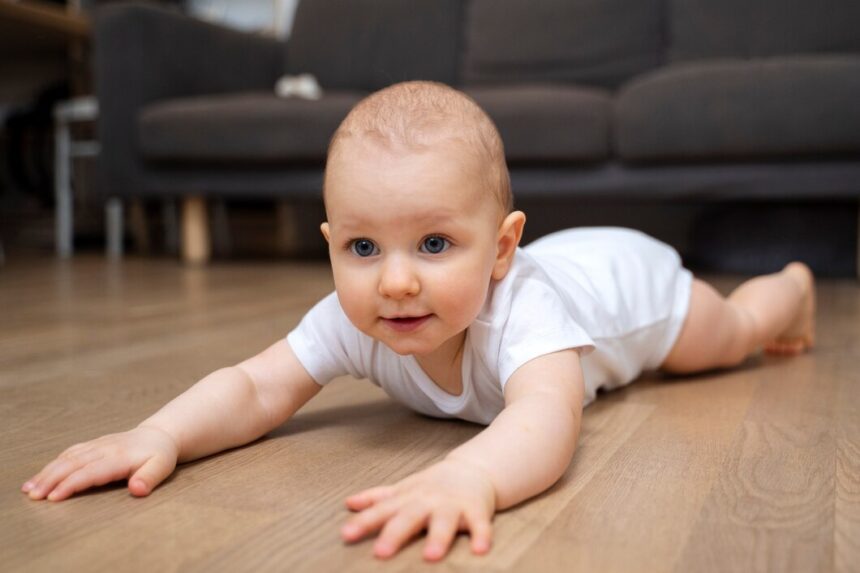Cerebral palsy (CP) is a group of neurological disorders that affect movement, muscle tone, and posture. It is caused by damage to the developing brain, often occurring before birth but can also happen during childbirth or early infancy. Early recognition of signs and symptoms is crucial for timely intervention and management. Here’s a detailed look at the signs of cerebral palsy:
Common Signs and Symptoms
- Delayed Milestones: Children with cerebral palsy often have delays in reaching developmental milestones such as rolling over, sitting up, crawling, or walking. These delays may be noticeable within the first year of life.
- Abnormal Muscle Tone: CP can cause muscles to be either too stiff (hypertonia) or too floppy (hypotonia). This can result in difficulty controlling movements, especially in the arms and legs.
- Impaired Movement and Coordination: Children may have difficulty with fine motor skills, such as grasping objects, or gross motor skills, such as walking or running. Movements may appear stiff, jerky, or uncoordinated.
- Muscle Spasms or Tremors: Some children with CP experience involuntary muscle contractions (spasms) or trembling movements, particularly when attempting certain actions.
- Abnormal Posture: Children may exhibit unusual postures or positions, such as arching their back, favoring one side of their body, or keeping their limbs in awkward positions.
- Difficulty with Speech and Swallowing: CP can affect the muscles used for speaking and swallowing, leading to slurred speech, difficulty forming words, or problems with feeding.
- Gait Abnormalities: Walking may be affected, with children walking on their toes, with a wide-legged gait, or with noticeable stiffness in their legs.
- Seizures: In some cases, children with CP may experience seizures, which are abnormal electrical discharges in the brain that can cause convulsions or loss of consciousness.
Types of Cerebral Palsy
- Spastic CP: Characterized by stiffness and difficulty relaxing muscles. It is the most common type of CP.
- Dyskinetic CP: Involves involuntary movements or fluctuations in muscle tone.
- Ataxic CP: Affects balance and coordination, causing shaky movements.
- Mixed CP: Involves a combination of spasticity, dyskinesia, or ataxia.
Early Detection and Diagnosis
Diagnosing cerebral palsy typically involves a thorough medical history, physical examination, and assessment of developmental milestones. Diagnostic tests such as MRI or CT scans may be used to assess brain structure and function. Early signs may be subtle and evolve over time, making regular developmental screenings important.
Treatment and Management
While cerebral palsy cannot be cured, early intervention can improve a child’s quality of life and abilities. Treatment may include:
- Physical Therapy: Helps improve muscle strength, flexibility, and mobility.
- Occupational Therapy: Focuses on developing skills for daily activities and fine motor control.
- Speech Therapy: Addresses communication and swallowing difficulties.
- Medications: Can help manage muscle spasms, pain, or seizures.
- Orthotic Devices: Braces or splints may aid in mobility and posture.
- Surgery: Corrects anatomical abnormalities or reduces muscle tightness.
Support and Care
Living with cerebral palsy requires ongoing support from healthcare providers, therapists, educators, and family members. Each child’s needs are unique, and individualized care plans are essential to maximize their potential and independence.
Recognizing the signs of cerebral palsy early allows for prompt intervention and support. By understanding the symptoms and types of CP, caregivers and healthcare providers can work together to provide the best possible care and improve outcomes for children with this condition. Early diagnosis, comprehensive treatment, and ongoing support are key in managing cerebral palsy and helping children achieve their full potential.










